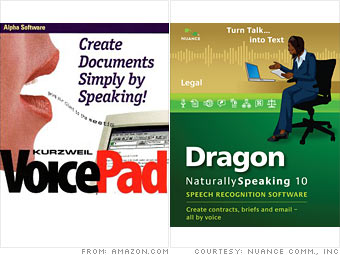Computer voice recognition

In the 1980s and 90s, Kurzweil turned his attention to voice recognition systems, which would allow users with disabilities such as multiple sclerosis or RSI to operate computers. Voice for Windows, released in 1996, offered voice commands to edit, format, spellcheck, create and send email, input information into spreadsheets, and update databases. A competitor, Dragon Naturally Speaking, has achieved greater than 99% voice recognition, and is sold to medical, legal and other businesses that need fast dictation.
NEXT: Canon ImageRunner
NEXT: Canon ImageRunner
| Sponsored by |
Sponsors
Top Stories

